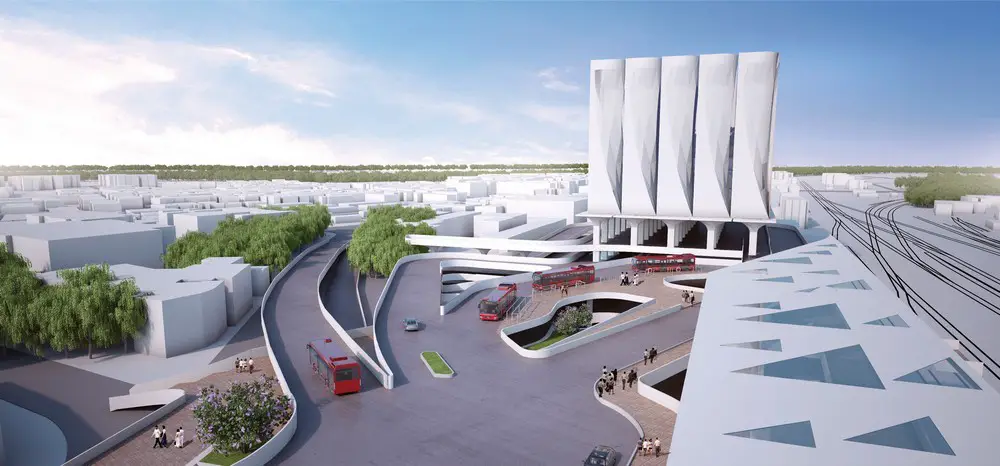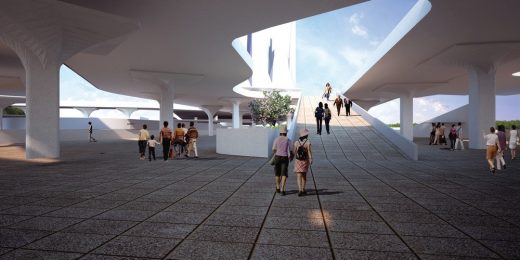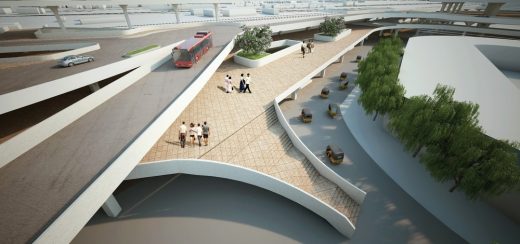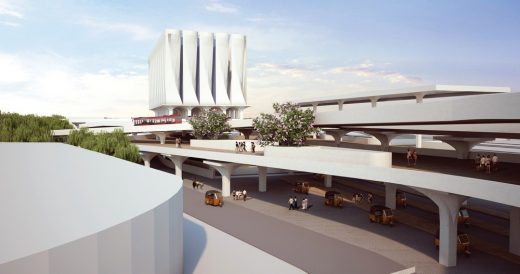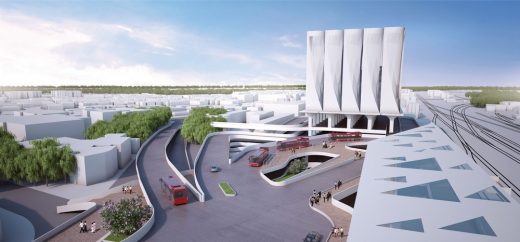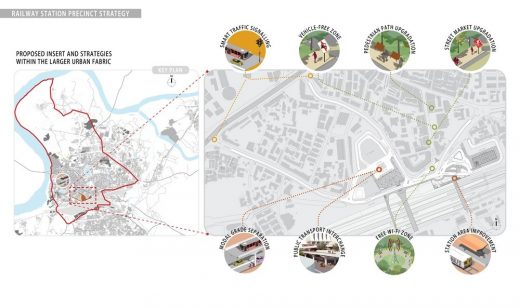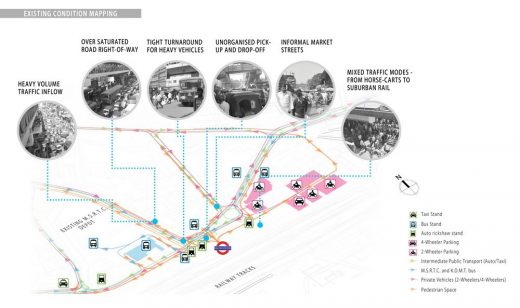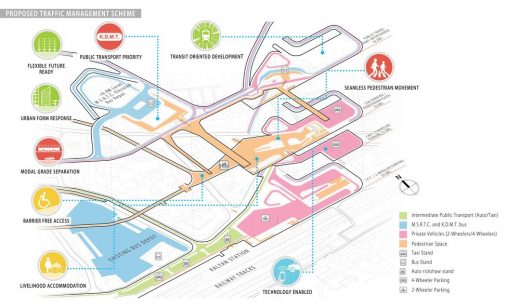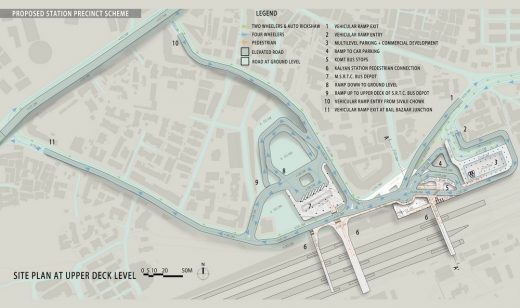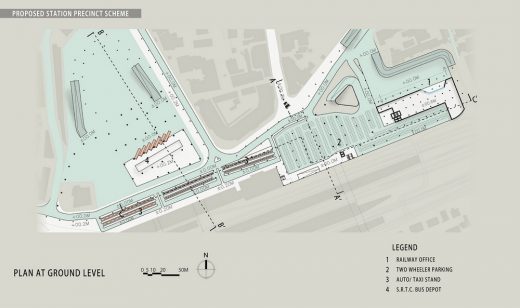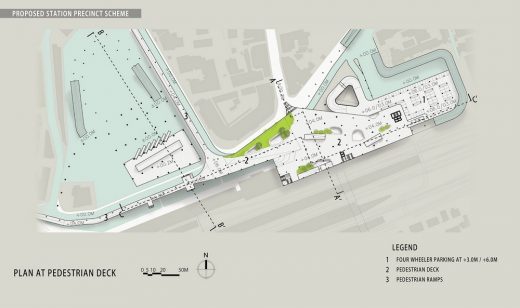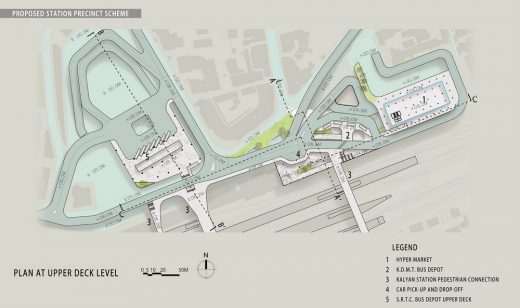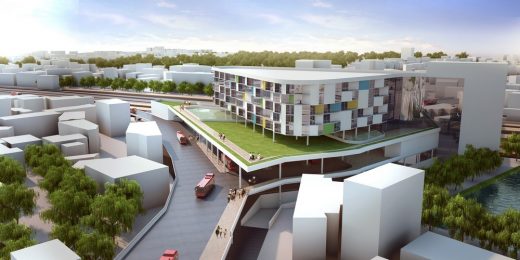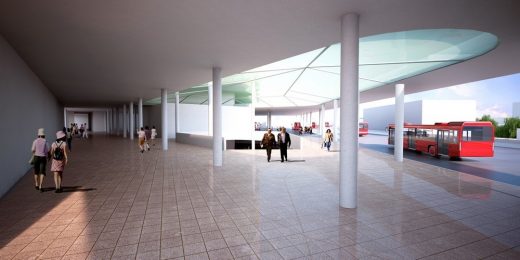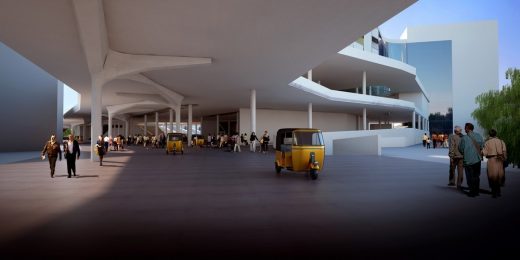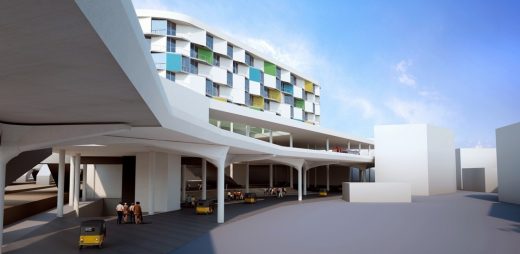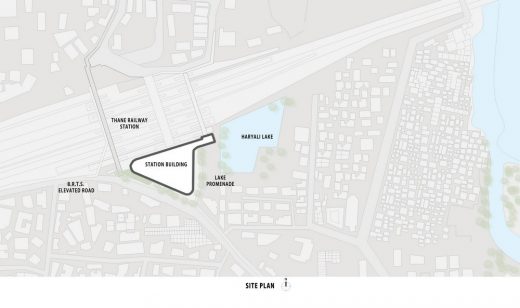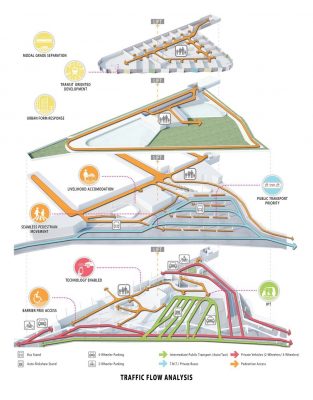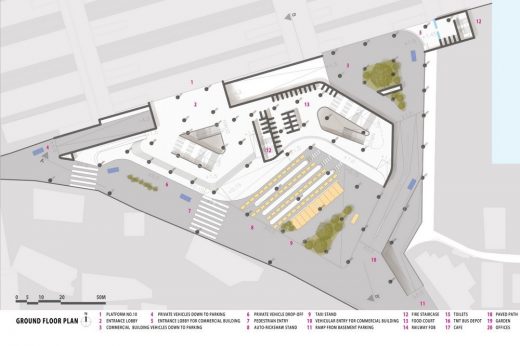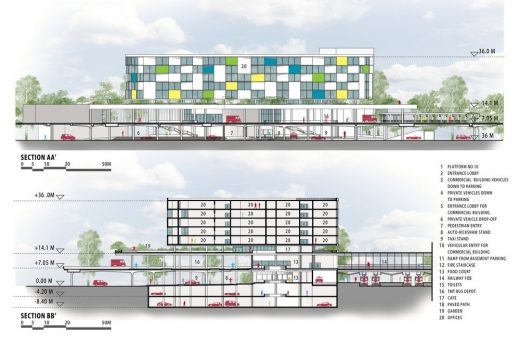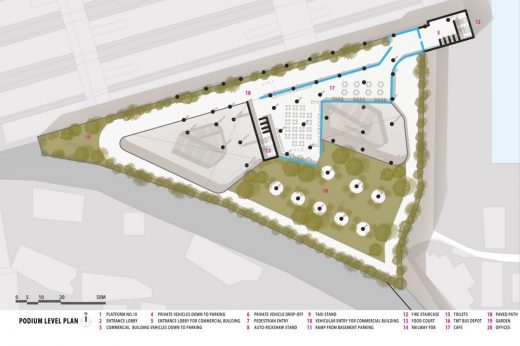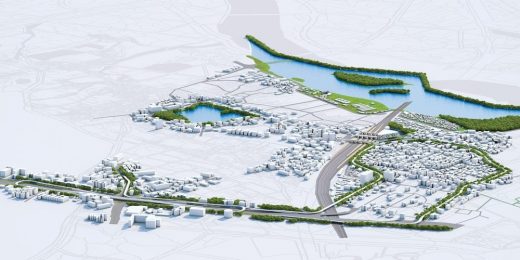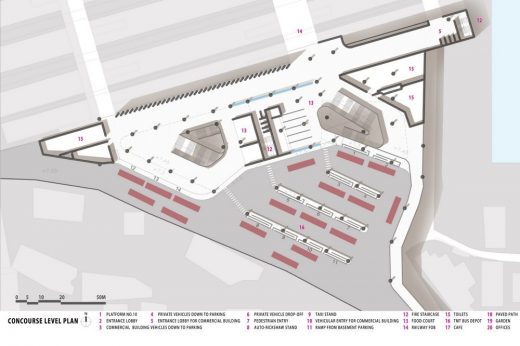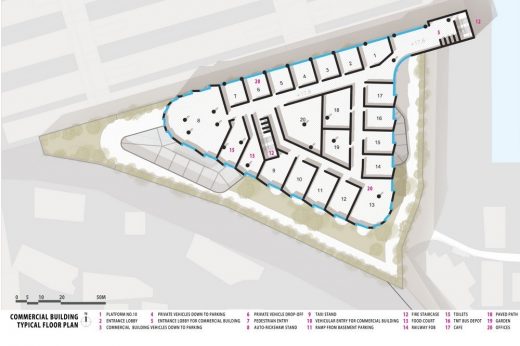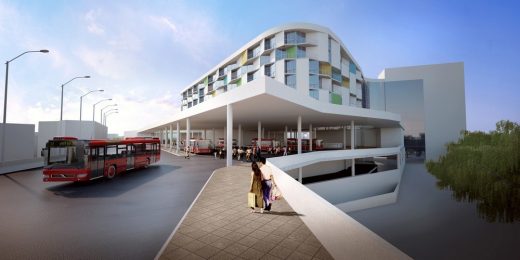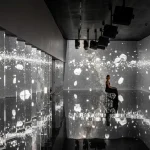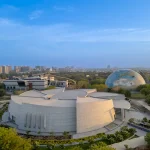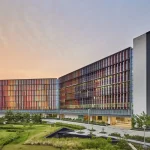Mumbai Railway Stations Revamp, Indian Transport Architecture, Network
Mumbai Railway Stations Revamp
Maharashtra Architecture News, India design by JDAP Design-Architecture-Planning
post updated 7 September 2024
Mumbai Railway Stations Renewal
Design: JDAP Design-Architecture-Planning, Architects
More images added on 18th May
17 May 2017
Mumbai’s suburban railway system
Mumbai’s suburban railway system carries over seven million passengers daily and is one of the busiest commuter rail networks in the world. The overground railway lines that cut through the city, form quite literally the framework upon which the city has been built over the years.
The railways have for several decades however, been hugely inadequate and out of sync with the demands of the massive metropolis, and the millions of commuters who make their daily trips from their workplaces and homes do so at their great inconvenience and discomfort. The station areas are sites of chaos and ramshackle growth and represent the gap between the needs and requirements of these crucial transport nodes and the available infrastructure that is being used to service those demands.
The two station area precinct developments at Thane and Kalyan in the Northeast of the Mumbai metropolitan region proposed as part of the federal governments “Smart Cities Programme” address the issues of the railway station by firstly broadening the lens of a transportation project in the physical sense to include the larger precinct that it affects.
This includes all feeder networks, ancillary landuses, allied transportation projects and proposals by other state and parastatal agencies for the area. Besides the physical scope it also broadens the concerns of the project by looking beyond the infrastructural aspects and includes the issues of livelihoods, of the humanising of the scale of interventions, of building up on various organically existing networks within the area, while keeping the pedestrian at the centre of all of the efforts.
The current system of a loose set of overlapping traffic flows that lead to conflicting movements are replaced by segregated one-way flow systems that are stacked vertically. The interventions are seen to be surgically grafted onto the context and designed in manners to be robust, logistically enabling construction while the current system remains in operation and also offering scope for augmentation in the future.
By organising the various traffic modes and providing intuitive, legible, and ample space for commuters interchanging between the various modes of transport, the precincts become spaces that may be navigated in comfort and at ease by all users. By providing vast, planned parking areas for private vehicles with quick connections to the station platforms, commuting by the train is incentivised and more people are encouraged to leave behind their private vehicles and use the rail network.
By assimilating existing informal markets and by providing space for both small-scale stalls by local vendors and larger scale retail spaces, the ‘transport node as marketplace’ is formally acknowledged and celebrated.
And by giving dignity and convenience to millions of commuters, by forming public spaces that give back to the city rather than take away, the railway stations become vital constituents of the urban fabric and cherished places in the public consciousness.
Architects: JDAP [www.jdap.in]
Lead Smart City Consultant: Crisil Risk and Infrastructure Limited [https://www.crisil.com/infrastructure-advisory/infrastructure-advisory.jsp]
Location: Thane Railway Station, Kalyan Railway Station; Mumbai, India
Architectural and Urban Design: JDAP: Avishkar Bharati, Apoorva Iyengar, Clarissa D’Souza, Enid Gomez, Samruddha Malandkar, Sunil Sharma, Nikhil Sawant, Jude D’Souza [Founding Principal]
Project Year: 2016
Mumbai Railway Stations Revamp building images / information from JDAP
Location: Thane Railway Station, Mumbai, Maharashtra, India, South Asia
Mumbai Building Designs
Mumbai Architecture Design
Central Library of IIT Bombay, IIT Campus, Powai Road Mumbai, Powai
Design: Sanjay Udamale Architects
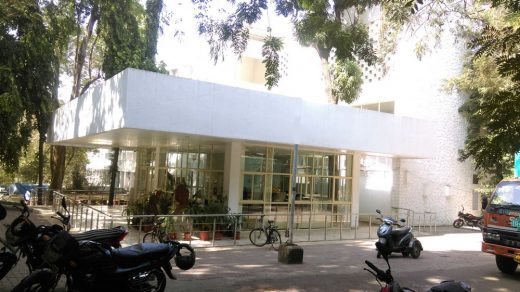
image courtesy of architects
Central Library of IIT Bombay
Film City Tower – Bollywood ReImagined – Winning design – First prize:
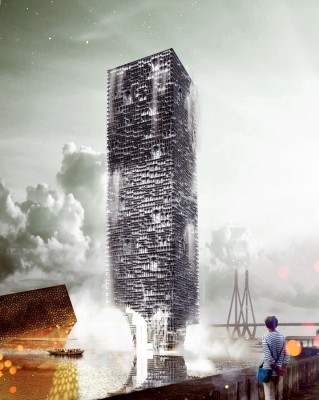
image courtesy of architects
Film City Tower Mumbai
Chhatrapti Shivaji International Airport Terminal 2 Building
Architects: Skimore, Owings & Merrill LLP – SOM
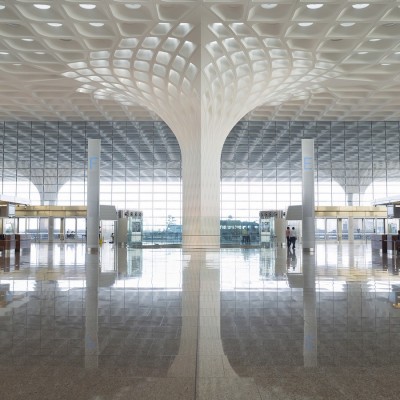
photograph © Robert Polidori
Chhatrapti Shivaji Airport Building in Mumbai
Mumbai City Museum Competition
Mumbai City Museum Architecture Competition
Nirlon Knowledge Park
Design: BDP Khandekar – award news
Nirlon Knowledge Park Mumbai
CIPLA Pharmaceuticals, Vikhroli
Design: MALIK ARCHITECTURE, Mumbai
CIPLA Pharmaceuticals Mumbai
Indian Building News
Indian Architecture News
Indian Architecture Designs – chronological list
Comments / photos for the Mumbai Railway Stations Revamp design by JDAP Design-Architecture-Planning page welcome

